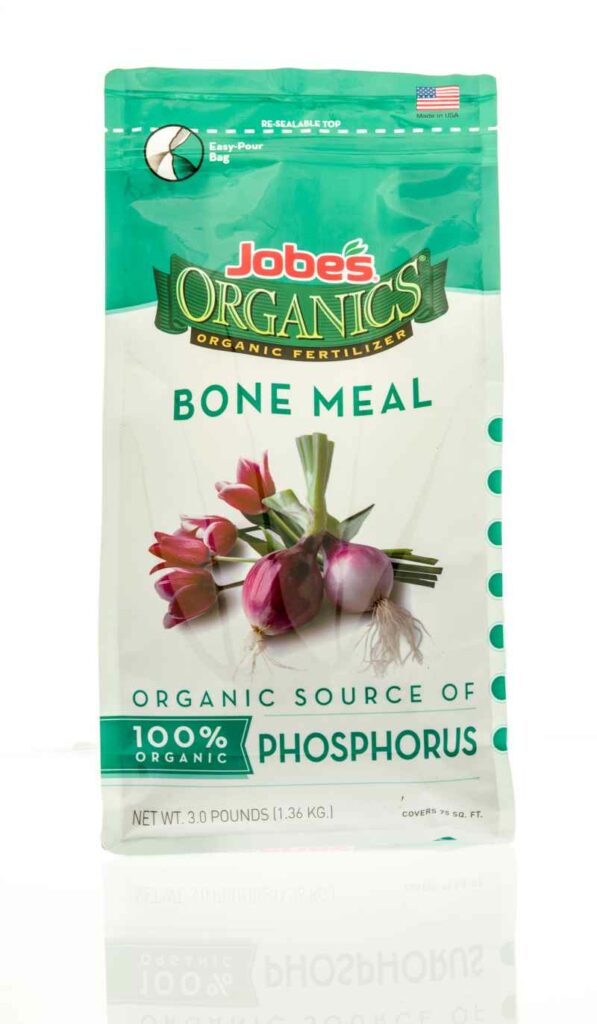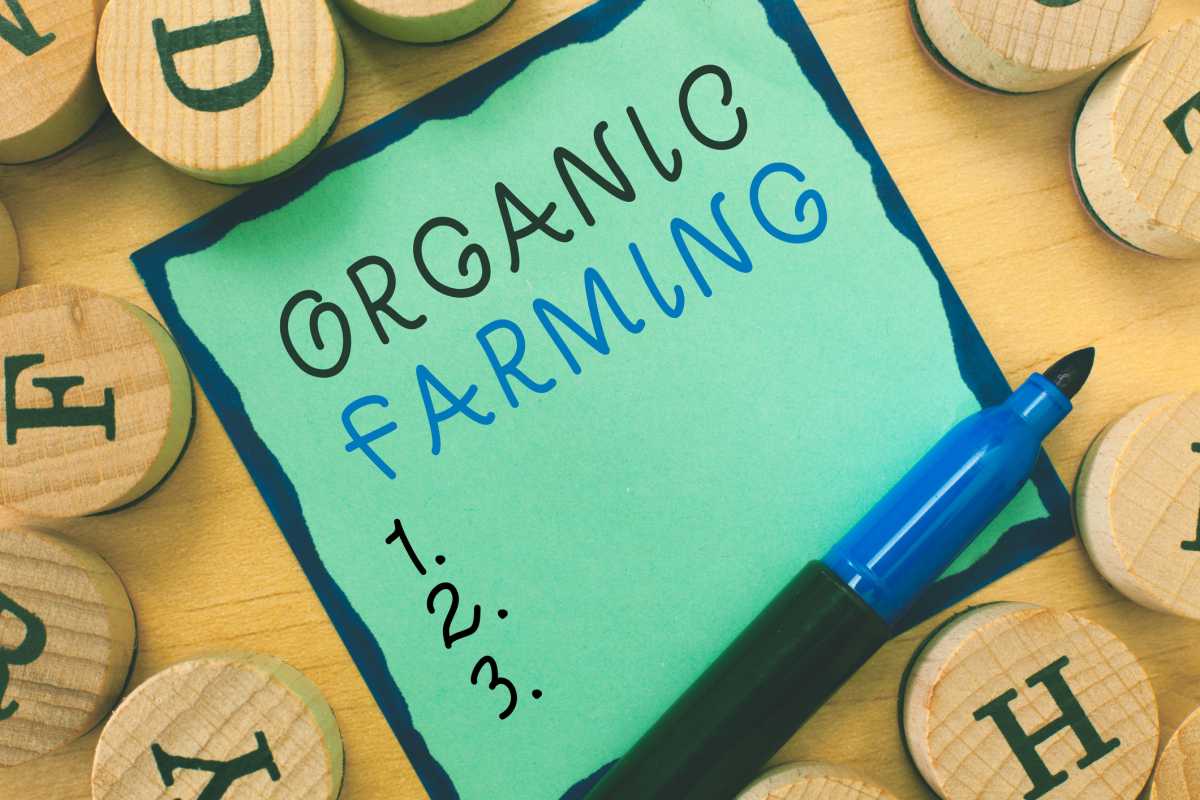Cannabis growers want the best for their plants, and using bone meal is one of the proven and tested means for improving the capacity for the plant to yield healthier buds.
Bone meal is made from ground bones of commonly slaughtered animals, but mostly from beef. The bones are steamed to potentiate their properties before they’re ground and packed for agricultural use.
Bone meal is rich in essential nutrients that can supplement your cannabis plant’s nutrient needs.
Since it all comes from animals, you’d first want to ensure that you’re safe before interacting with the bone meal.
Sure, bones can carry the dreaded Bovine spongiform encephalopathy, BSE, but you will be safe because the animals go through a mandatory test for the disease before their bones are ground for sale.
Bone meal is safe to use as chances of catching BSE from the fertilizer are slim. You can further ensure your safety by wearing a mask when working with the bonne meal in the garden.
The cannabis plant thrives on three main nutrients, often summarized in the N-P-K formula. Nitrogen, phosphorus, and potassium, and the plant needs each of these in different proportions during its growth and development.
Bone meal is rich in phosphorous, an essential nutrient during flowering.
“This article contains affiliate links. As an Amazon Associate I earn from qualifying purchases.”
If you’re not so much into organic cannabis growing, then the use of bone meal, bloodmeal, molasses, and bat guano might sound foreign to you.
But these are safe and effective ways to get the best out of your buds without using chemical fertilizers.
You can as well use both. But the organic methods also improve microorganism activity in the soil, making it easier for the plant to absorb essential nutrients.
They also don’t leave chemical residues in your weed. This results in higher quality buds.
Can You Use Bone Meal During Flowering?
You can use bone meal during flowering because it is rich in phosphorous, an essential nutrient during the flowering process. Supplementing phosphorous helps your cannabis plants produce more flowers— even bigger. With a typical NPK ratio of 3-15-0, bone meal gives your flowering plants the boost they need to nourish big, healthy buds.
Thus, using a bone meal during flowering is ideal when you want to reap healthy buds.
Considering the only time the plant needs more phosphorous is during flowering, it is probably the best time to use bone meal.
The best thing with bone meal is that it’s a slow-release fertilizer. Once you introduce it into the soil, it will release phosphorous for the next four months.
However, you might not get the best from bone meal if the pH is too high. If the pH runs a mock— above 7, then you’ll want to rectify the error before using bone meal. High pH soils often contain high calcium concentrations, which bind to phosphorous as calcium-phosphate, a compound the plants can’t absorb and use.
Besides, unlike bat guano that comes laden with microorganisms to help break down and ease the uptake of nutrients, bone meal just has the nutrients— no microbes. It’s still organic and still enriches the soil, but bat guano just perks up microbial activity.
That’s the only place where I find bat guano superior— it comes with a lot more.
RELATED READ: Does CO2 Speed Up Flowering?
First, it contains all the essential macronutrients for the cannabis plant, plus microorganisms that help speed up decomposition. Second, it contains all the macronutrients in abundance.
Still, bone meal has its place in organic cannabis growing, especially during flowering. Bone meal can also be used in remedying soils that have high nitrogen content but little phosphorous. Gardeners mix bone meal with rotted manure to fix the lack of phosphorous and amend the soil.

Bone Meal Also Contains Trace Minerals
Most growers who use bone meal use it solely for the high amounts of phosphorous it contains. However, it also contains trace amounts of nitrogen and potassium, making it a near-wholesome fertilizer for your plants.
Besides the trace nutrients, it also contains calcium which is great in forming the plant’s structural skeletons.
Thanks to calcium, supplementing bone meal can reward your plants with sturdier stems, branches, and healthier roots.
The use of bone meal might not be as widespread in cannabis growing, but it has a long history in kitchen garden applications. It is especially beneficial to root crops like onions, carrots, and turnips.
It also works magic with flowering bulbs and roses— makes the flowers plenty and bigger.
It does the same to flowering cannabis.
Bone Meals We Recommend…
No products found.
Bone Meal Can Also Be Used As Remedy For Phosphorous Deficiency
Organic fertilizers aren’t mostly used as a remedy because of their slow-release nature. When your plants are sick, you’d most probably want a fast-acting fertilizer to mitigate the situation.
However, bone meal can help your plants when they run out of phosphorous. Cannabis plants will show the following symptoms when they’re phosphorous-deficient;
- Stunted growth
- Spindly stems
- Leaves spotting or having big splotches that might be yellow, brown, or bronze.
- Leaves losing color while the leaf veins become darker
NB: The best way to know if your plant needs bone meal is to test the soil. You should only supplement when the plant needs it. If the soil already has more phosphorus than it needs, adding bone meal can interfere with the plant’s nutrient uptake.
How Often Should You Use Blood And Bone?
You can use bone meal use after 3-4 months. Bone meal is slow-release fertilizer, thus takes longer to be fully eaten up by the plant. For strains that flower for a shorter duration, using bone meal once is enough for the flowering phase.
Risks Associated With Using Bone Meal In Your Cannabis Grow
Though bone meal supplements essential macro and micronutrients, there are a few risks associated with using it.
- Attracts raccoons and scavengers— When used in top-dressing in an outdoors grow set up, bone meal can attract pet dogs, raccoons, and other scavenging bugs to your garden. If you leave the heap of powder just beneath the ground, these scavengers will hog your garden, trying to have a taste of the meal too.
- Water pollution— The runoff water after supplementing phosphorous can cause the growth of algae and underwater weeds if it’s washed into a water body—something to be mindful about when you grow outdoors.
- Too much phosphorous can hurt the root zone— Though phosphorous promotes root growth, too much will interfere with mycorrhizal fungi, thus making it difficult for the roots to absorb nutrients.
- Chlorosis- According to the University of Colorado, supplementing phosphorous when the soil doesn’t need it can cause chlorosis that shows in the yellowing of leaves. Chlorosis happens when chlorophyll production is altered.
In summary, bone meal is an organic fertilizer that will encourage your plants’ growth and development throughout their lifecycle. Bone meal is especially essential during flowering because the plant needs phosphorous to produce more flowers, even bigger.
Thus, using bone meal during flowering isn’t only permissible— it is a great idea!
External sources:

